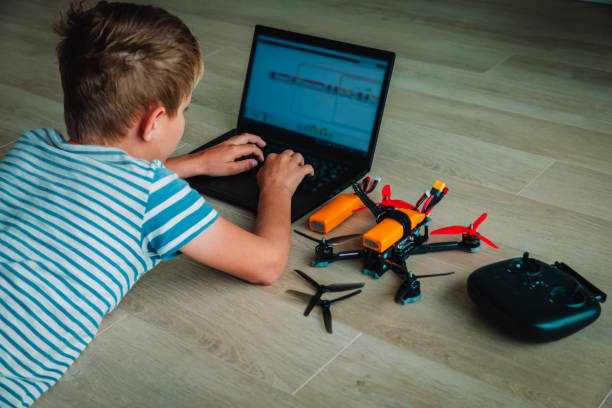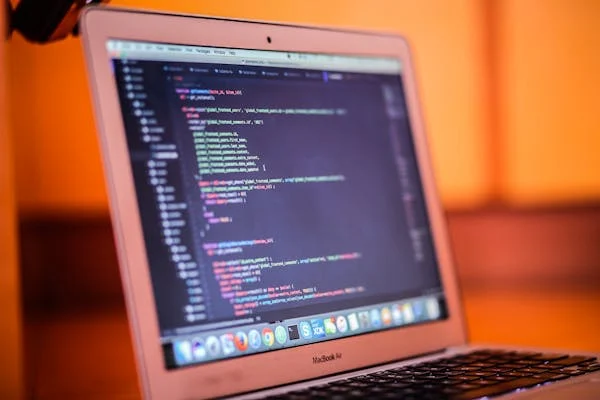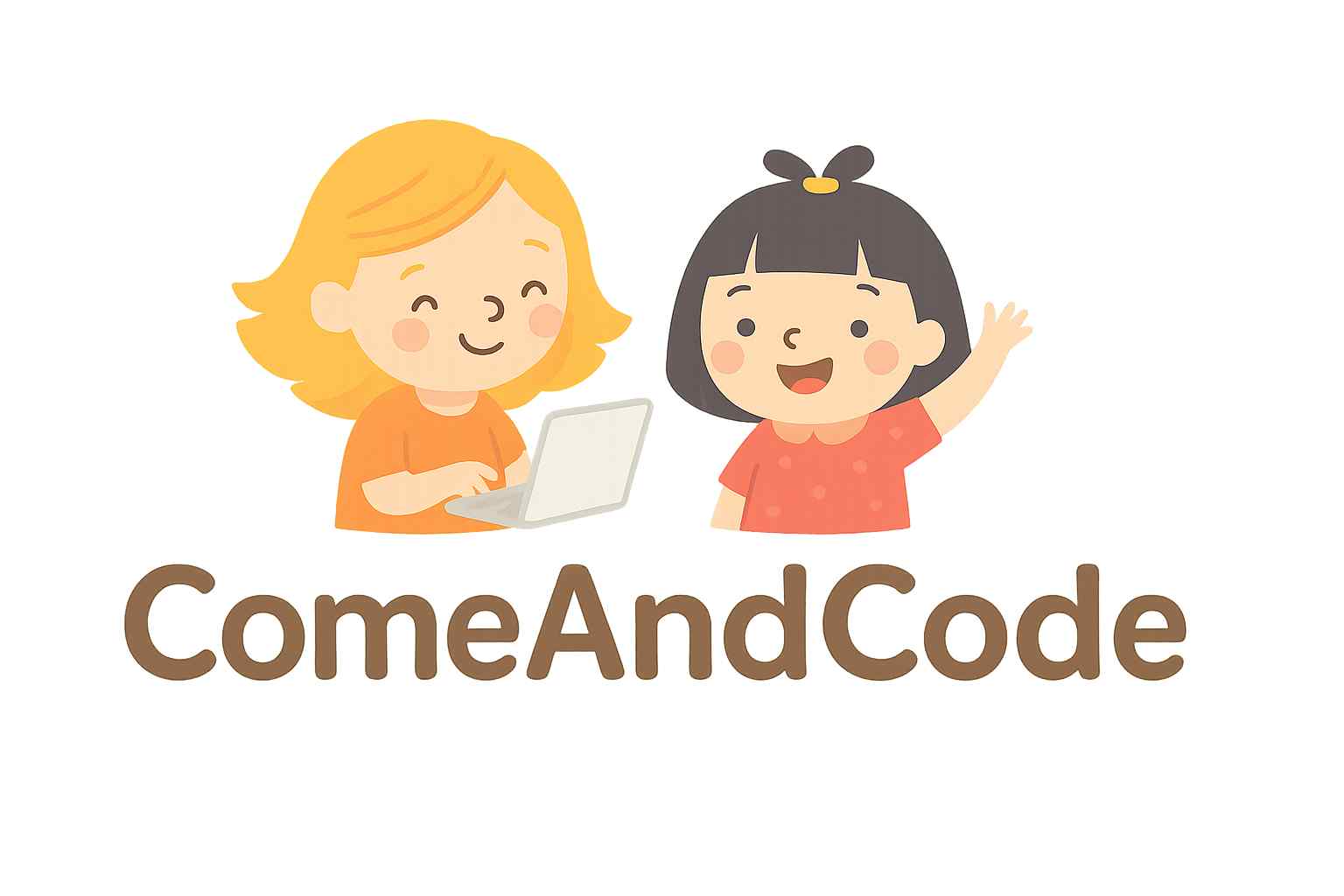Start Learning Scratch Programming, created by the MIT Media Lab, is a visual programming language designed to make coding accessible and engaging for beginners, especially young children. By using a drag-and-drop interface, Scratch helps users understand programming fundamentals without the need for complex syntax. Given its educational benefits, many parents and educators wonder: What is the best age to start learning Scratch programming? This article delves into the ideal age to introduce Scratch to children, exploring the developmental readiness, benefits, and strategies for effective learning.
Understanding Scratch Programming

Overview of Scratch
Scratch is a block-based programming language that simplifies coding by allowing users to build programs through graphical blocks. Each block represents a programming command, and users can snap these blocks together to create sequences of instructions. This approach eliminates the need for typing code, making programming more accessible to younger audiences.
Key Features of Scratch
- Visual Interface: Drag-and-drop functionality to construct code.
- Interactive Projects: Create animations, games, and stories.
- Community Sharing: Share projects and collaborate with others in the Scratch online community.
- Educational Focus: Designed to teach basic programming concepts and logical thinking.
Ideal Age Range for Learning Scratch
Ages 5-7: Early Exposure
Developmental Considerations
Children aged 5-7 are in a stage where they are developing foundational cognitive and motor skills. At this age, they are typically learning to follow simple instructions, understand basic cause and effect, and use their fine motor skills more effectively. Scratch’s visual programming environment is particularly suited for this age group, as it simplifies complex concepts into manageable blocks.
Benefits
- Cognitive Growth: Introduces basic programming concepts such as sequencing, loops, and events.
- Engagement: Keeps young children engaged with interactive and creative projects.
- Problem-Solving Skills: Enhances logical thinking and problem-solving abilities through hands-on activities.
Tips for Parents and Educators
- Simplify Concepts: Use simple projects and guide children through basic tasks.
- Encourage Exploration: Allow kids to experiment with different blocks and see what they can create.
- Use Storytelling: Integrate storytelling into projects to make learning more relatable and fun.
Ages 8-10: Developing Skills
Developmental Considerations
Children aged 8-10 typically have more developed cognitive skills and an improved ability to handle more complex instructions. They are ready to delve deeper into programming concepts and can start creating more sophisticated projects. At this age, they can better understand abstract ideas and apply them to their Scratch projects.
Benefits
- Advanced Concepts: Introduction to more advanced programming concepts such as variables, conditionals, and more complex logic.
- Creativity and Independence: Encourages independent project creation and problem-solving.
- Collaborative Learning: Ability to work collaboratively on projects and share ideas with peers.
Tips for Parents and Educators
- Encourage Independence: Allow children to work on their projects and explore advanced features.
- Introduce Challenges: Provide challenges that require applying more complex programming concepts.
- Facilitate Collaboration: Promote group projects to foster teamwork and communication skills.
Ages 11-13: Mastery and Application
Developmental Considerations
Pre-teens and early teens (ages 11-13) are often capable of understanding complex programming logic and can handle intricate project requirements. This age group is ready to explore Scratch’s full capabilities and start integrating programming with other subjects, such as math and science.
Benefits
- Complex Projects: Ability to handle complex programming tasks and create sophisticated projects.
- Interdisciplinary Learning: Integrates programming with other academic subjects, enhancing overall learning.
- Preparation for Advanced Coding: Provides a solid foundation for transitioning to more advanced programming languages.
Tips for Parents and Educators
- Promote Advanced Projects: Encourage the creation of advanced games, animations, and interactive stories.
- Integrate Cross-Disciplinary Learning: Connect programming projects with other academic subjects to provide real-world context.
- Prepare for the Next Steps: Start introducing concepts from other programming languages to prepare for future learning.
Benefits of Learning Scratch Programming
Cognitive and Educational Benefits
- Enhanced Problem-Solving Skills: Scratch teaches logical thinking and problem-solving through interactive projects.
- Creativity and Innovation: Allows children to express their creativity by designing and building their own games and animations.
- Foundation for Future Learning: Provides a solid base for learning more advanced programming languages and concepts.
Social and Emotional Benefits
- Confidence Building: Completing projects boosts self-confidence and a sense of accomplishment.
- Collaboration and Communication: Encourages teamwork and communication through group projects and community interactions.
- Persistence and Resilience: Teaches persistence by overcoming challenges and debugging problems.
Strategies for Effective Learning

Creating a Supportive Learning Environment
- Encourage Exploration: Allow children to explore Scratch and experiment with different features.
- Provide Guidance: Offer guidance and support without taking over the project, allowing kids to learn through trial and error.
- Celebrate Achievements: Recognize and celebrate completed projects to motivate continued learning and creativity.
Utilizing Educational Resources
- Online Tutorials and Courses: Take advantage of online resources, tutorials, and courses designed for different age groups.
- Books and Guides: Use educational books and guides that offer step-by-step instructions and project ideas.
- Community Involvement: Engage with the Scratch online community to share projects, seek advice, and collaborate with others.
Integrating Scratch with Other Subjects
- Cross-Disciplinary Projects: Integrate Scratch projects with subjects like math, science, and art to make learning more relevant and engaging.
- Real-World Applications: Show how programming concepts apply to real-world scenarios to enhance understanding and interest.
Conclusion
The best age to start learning Scratch programming can vary depending on a child’s developmental stage and interest in technology. However, introducing Scratch between the ages of 5 and 7 is ideal for early exposure, with more complex learning opportunities arising around ages 8-10 and 11-13. By tailoring the learning experience to a child’s age and developmental level, parents and educators can effectively nurture a child’s interest in programming, build foundational skills, and prepare them for future learning in the world of technology.
Starting early with Scratch programming can set the stage for a lifelong interest in coding and problem-solving, providing children with valuable skills and a head start in a technology-driven world.
